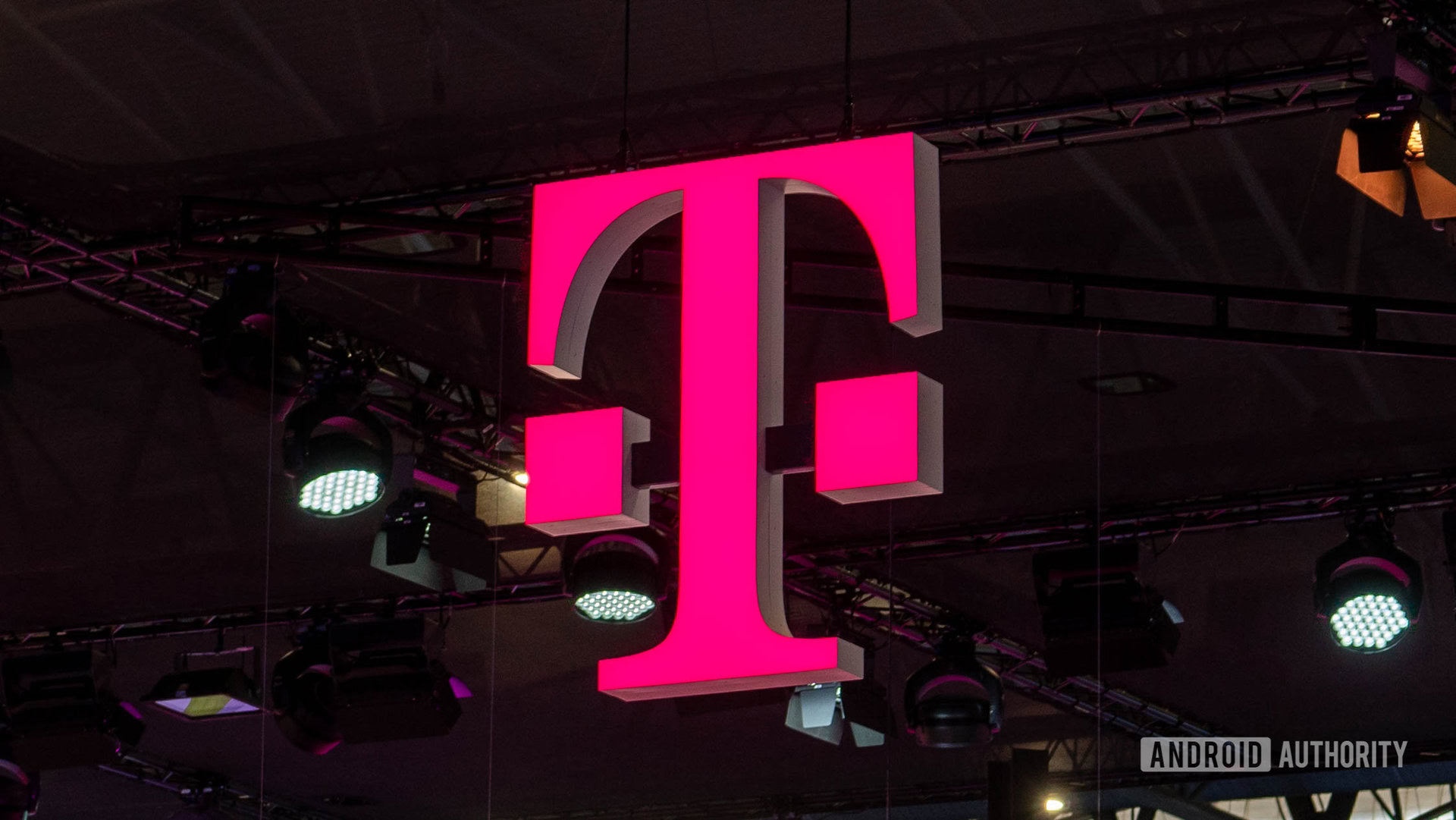5G NTN Market Share, Size, Growth & Industry Report | 2034
The global 5G NTN Market Size is a rapidly evolving sector with the advent of 5G connectivity and the increasing need for high-speed, low-latency internet connectivity across remote and underserved regions.

The global 5G NTN Market Size is a rapidly evolving sector with the advent of 5G connectivity and the increasing need for high-speed, low-latency internet connectivity across remote and underserved regions. As of 2024, the global 5G NTN market size is estimated at approximately USD 4.51 billion. Forecasts indicate an impressive growth trajectory, with a Compound Annual Growth Rate (CAGR) of 34.7% during the forecast period of 2025-2034. By 2034, the market is expected to reach a value of around USD 65.87 billion. This growth is driven by technological advancements, increased demand for mobile broadband, and the ability of NTNs to provide seamless connectivity in areas that were previously hard to reach.
Market Overview
5G NTN is an innovative communication framework that leverages satellite networks, unmanned aerial vehicles (UAVs), and high-altitude platforms (HAPs) to complement traditional terrestrial network infrastructure. The combination of these technologies allows for greater network coverage and improved quality of service (QoS) in remote, rural, and hard-to-reach areas. As the demand for data-intensive applications increases, NTNs present an ideal solution for overcoming the geographical limitations of terrestrial networks.
The market for 5G NTN is expected to thrive in the coming years, fueled by significant advancements in satellite technology, the proliferation of IoT devices, and increased demand for seamless mobile connectivity. The integration of satellites, drones, and HAPs with terrestrial networks will help provide high-speed internet services in areas where traditional infrastructure is not feasible.
Key Benefits of 5G NTN
-
Global Coverage: One of the most significant advantages of 5G NTN is its ability to provide connectivity in remote and rural regions where traditional network infrastructure is limited or non-existent. By using satellites and high-altitude platforms, NTNs enable global coverage, ensuring seamless connectivity across continents and islands.
-
Low Latency: With the integration of low-Earth orbit (LEO) satellites and other NTN components, 5G NTN networks can offer ultra-low latency communication. This is particularly beneficial for applications like autonomous vehicles, real-time gaming, and remote surgeries, where immediate data transmission is critical.
-
Increased Network Capacity: The growing number of IoT devices and data-intensive applications puts significant pressure on traditional terrestrial networks. 5G NTN can offload data traffic from terrestrial networks, helping to increase overall network capacity and reduce congestion.
-
Cost-Effective Connectivity: Expanding terrestrial infrastructure in remote areas can be expensive and logistically challenging. 5G NTN offers a more cost-effective solution by utilizing existing satellite infrastructure and high-altitude platforms to provide reliable connectivity at a lower cost.
-
Enhanced Connectivity in Emergencies: In disaster-stricken areas, traditional communication networks often fail due to infrastructure damage. 5G NTN provides a reliable and resilient communication network that can continue operating even in the face of natural disasters, helping emergency response teams coordinate more effectively.
Market Segmentation
The 5G NTN market can be segmented based on the following criteria:
1. By Technology:
- Satellite Networks (LEO, MEO, GEO): LEO satellites are gaining traction due to their low latency and ability to provide faster data transmission speeds. MEO and GEO satellites also play an important role in supporting global connectivity.
- High Altitude Platforms (HAPs): These platforms, located in the stratosphere, are used to support communication in rural areas and offer a cost-effective alternative to satellite systems.
- Unmanned Aerial Vehicles (UAVs): UAVs, commonly known as drones, are becoming a key component in 5G NTN due to their ability to provide mobile connectivity over large areas.
2. By Application:
- Consumer Electronics: Increased demand for high-speed internet services for streaming, gaming, and other data-intensive applications is driving the demand for 5G NTN in the consumer electronics sector.
- Automotive: 5G NTN can facilitate real-time communication between autonomous vehicles, enhancing road safety and enabling autonomous driving technology.
- Healthcare: The ability to perform remote surgeries and medical consultations with minimal latency makes 5G NTN crucial for healthcare applications, particularly in remote areas.
- Industrial Automation: 5G NTN enables real-time monitoring and control of industrial machinery, leading to increased efficiency in sectors such as manufacturing and energy.
- Smart Cities: 5G NTN is a key enabler of smart city technologies, providing reliable, high-speed connectivity for IoT devices in urban environments.
3. By End User:
- Telecom Operators: Telecom operators are increasingly adopting 5G NTN technologies to expand coverage and improve network capacity, especially in rural areas.
- Government and Defense: Governments and defense agencies are leveraging NTNs for secure communication, surveillance, and remote monitoring applications.
- Enterprises: Enterprises in sectors such as logistics, retail, and healthcare are adopting 5G NTN to improve operational efficiency and enable new business models.
- Consumers: With the growth of connected devices and the increasing demand for high-speed internet services, consumers are driving the adoption of 5G NTN for enhanced connectivity.
Market Outlook
The 5G NTN market is poised for substantial growth over the next decade. The integration of advanced satellite technologies and high-altitude platforms will allow for ubiquitous connectivity, driving adoption across various sectors, including telecommunications, automotive, healthcare, and defense. With the increasing reliance on IoT devices and data-driven applications, NTNs will become a critical enabler of the digital economy.
Trends in the Market
-
Satellite Constellations: The deployment of large satellite constellations, particularly in low Earth orbit (LEO), is gaining momentum. Companies like SpaceX (Starlink), Amazon (Kuiper), and OneWeb are working on building satellite constellations that aim to provide broadband services globally.
-
Government Support: Governments are increasingly recognizing the potential of NTNs in improving connectivity in underserved regions and are offering regulatory support to encourage market growth. For instance, the U.S. Federal Communications Commission (FCC) has opened up the spectrum for satellite services to accelerate 5G NTN adoption.
-
Collaboration Between Telecom and Satellite Operators: Telecom and satellite operators are forming partnerships to combine the strengths of terrestrial and non-terrestrial networks. These collaborations are helping to enhance the coverage, capacity, and quality of 5G NTN services.
Key Industry Developments
- SpaceX launched its Starlink satellite constellation to offer low-latency internet services, making significant strides in the development of 5G NTN infrastructure.
- Amazon’s Project Kuiper aims to deploy over 3,000 satellites to provide broadband connectivity globally, especially in remote areas.
- OneWeb has also been working on deploying LEO satellites to support 5G NTN in underserved regions.
Driving Factors
- Increased Demand for High-Speed Internet: With the growing reliance on data-intensive applications, there is a strong demand for high-speed, reliable internet services. 5G NTN offers a viable solution to meet this demand, especially in remote and underserved areas.
- Advancements in Satellite Technology: Technological advancements in satellite manufacturing, launch systems, and propulsion technologies are making satellite-based connectivity more affordable and efficient.
- IoT Growth: The proliferation of IoT devices is driving the need for expanded network coverage and capacity, further fueling the demand for 5G NTN.
COVID-19 Impact
The COVID-19 pandemic has highlighted the need for reliable and accessible internet services. With remote work and digital education becoming the norm, the importance of connectivity in remote areas has been underscored. The pandemic has accelerated the adoption of 5G NTN as businesses and governments realize the need for resilient, flexible networks that can handle sudden spikes in demand.
Restraining Factors
- High Initial Investment: The deployment of 5G NTN infrastructure requires significant investment in satellite constellations, high-altitude platforms, and ground stations. This can be a barrier to market growth, particularly for smaller players.
- Regulatory Challenges: Satellite operators face stringent regulatory frameworks and licensing requirements that can slow down the rollout of NTN services.
- Latency and Coverage Concerns: While NTNs offer low-latency solutions, latency may still be higher than terrestrial networks, particularly for geostationary satellites.
Major Key Players
- Samsung Electronics
- Gatehouse Satcom A/S.
- Gilat Satellite Networks Ltd.
- SoftBank Corp.
- Rohde & Schwarz USA, Inc.
- MediaTek Inc.
- ZTE Corporation
- Omnispace, LLC
- AST & Science, LLC
- Telefónica, S.A
- Others
Opportunities
- Partnerships with Telecom Providers: Collaborating with telecom companies to integrate 5G NTN into existing networks can expand the market reach and improve service delivery.
- Expansion of Satellite Constellations: The growing investment in satellite constellations presents significant opportunities for service providers to offer cost-effective and scalable connectivity solutions.
- Increased Demand for IoT Connectivity: As IoT devices proliferate, there is a growing need for connectivity solutions that can handle vast amounts of data. 5G NTN can address this need by providing extensive coverage and capacity.
Challenges
- Technological Integration: Integrating 5G NTN with existing terrestrial networks can be complex, requiring significant infrastructure upgrades and coordination between different network providers.
- Regulatory Hurdles: Navigating global regulations for satellite launches, spectrum allocation, and operating licenses can slow down the deployment of NTN technologies.
- Cost of Deployment: High initial capital expenditure for satellite launches, ground stations, and network infrastructure poses a significant challenge for smaller players in the market.
What's Your Reaction?
 Like
0
Like
0
 Dislike
0
Dislike
0
 Love
0
Love
0
 Funny
0
Funny
0
 Angry
0
Angry
0
 Sad
0
Sad
0
 Wow
0
Wow
0




















































